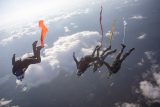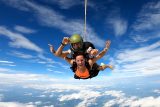Skydiving Terminology Explained
Blog
 Posted by: Curtis White
12 months ago
Posted by: Curtis White
12 months ago
Going skydiving for the first time can be an overwhelming experience. And that’s without taking into account all of the skydiving terms and phrases that you might hear during your time at the dropzone (see? there’s one right there). Skydiving terminology can sound like a foreign language to those not fully immersed in the sport.
Going skydiving can bring up a lot of questions. Some of these just scrape the surface:
- What do skydivers call each other? That one’s easy – we call each other family! But more to the point, skydivers typically refer to each other as jumpers or skydivers.
- What do you say when skydiving? “Ahhhhh!”
- What are all these positions and pieces of equipment everyone is talking about? This one can be overwhelming, and that’s what your instructor is for!
Whether it’s wanting to fit in or feel safe, knowing the lingo can help you feel more at ease while taking the leap.
If only there was a skydiving terms dictionary! Here we’ve come up with our own abbreviated glossary of some of the terms you might hear thrown around before, during, and after your jump.
Dropzone / DZ
Ahh, the dropzone is the place skydivers call home. This is a catchall term for the place skydivers go to skydive. If we’re being technical, it’s really the ‘zone’ that skydivers are ‘dropped’ over. The dropzone doesn’t actually have to be the same place that the skydiving aircraft takes off from – it’s the landing that counts for this definition. But most skydiving operations take off and land at the same place. And that place is known as the dropzone or DZ for short.
“Are you going to be at the DZ this weekend?” Heck yeah!
Manifest
Taken literally, a manifest is an official list of what or who’s onboard a vessel, be it a plane, ship, or otherwise. In the skydiving world, “manifest” is command central of the operation – it can refer to both the physical place where a manifest is created and kept, as well as the people who work to create and manage them.
People who work manifest take phone calls, check people in, organize training, and plan the loads for the day. Manifest is often located in an office with a window where jumpers can request to be put on loads. They work hard so we can play.
“I’m going to talk to manifest and ask them to put me on the next load.”
Load
This is how skydivers refer to each trip to altitude. Specifically, it refers to the group of jumpers on the airplane, but it can also be used to describe the ride to altitude as a whole. As long as we get in the sky, skydivers don’t mind what you call them!
“We’re going to be jumping on the next load.”
S&TA
Every dropzone needs someone looking out for safety. S&TA stands for Safety and Training Advisor, and this person is tasked with overseeing compliance with regulations, safety practices, and instructional programs at the dropzone. They are often a highly experienced instructor and are at the dropzone most if not all, of the time when skydiving is happening.
Dropzone staff consults with the S&TA to ensure that things are running smoothly from a safety perspective. The S&TA is also responsible for disciplining or retraining jumpers if something unsafe happens, either accidentally or on purpose.
“Let’s talk to the S&TA before we do this jump to make sure our plan is safe.”
Arch
This might be the word heard most in tandem training rooms. The arch is the body position that keeps every jumper stable and is one of the most important things anyone can do on a jump.
The arch is the position used when flying on your belly, and it basically makes you look like a banana in midair. With your hips at the lowest point, the arch extends through the shoulders and legs to create a sort of U shape. This allows the air to pass evenly over your body and for you to fall straight down instead of tumbling through the air.
“Don’t forget to arch!”
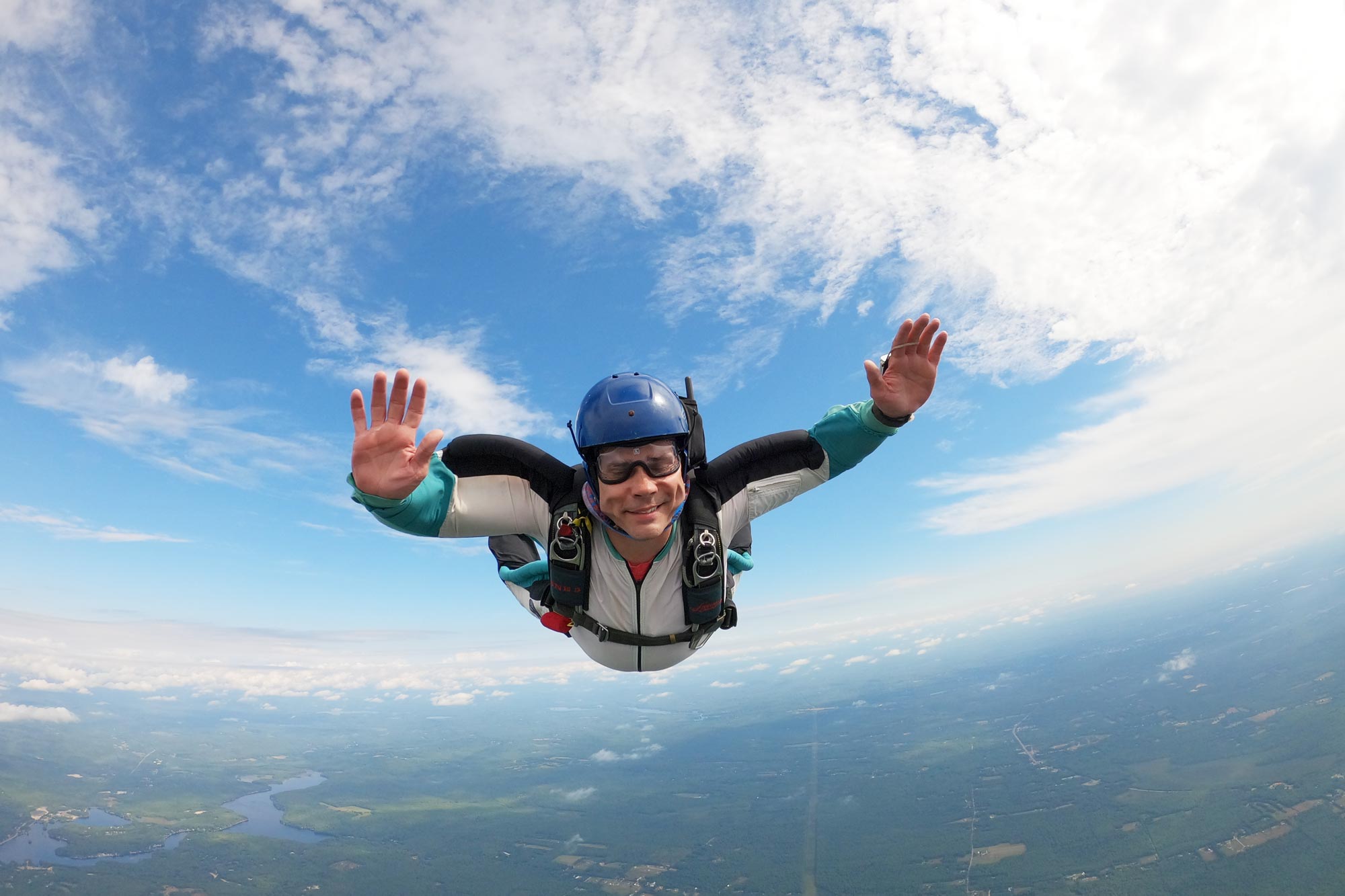
Canopy
Most skydivers actually refer to their parachutes as their canopy. Like the thing that provides cool shade in the backyard or the network of leaves at the top of a forest, an open parachute covers the expanse overhead.
“Wow, I love the color of your canopy!”
Heading
Heading is one of many aircraft terms that has been adopted into the world of skydiving. It refers to the direction a person is facing and can be used both in freefall or under canopy. Maintaining a heading in freefall lets skydivers know whether or not they are turning and helps jumpers to remain stable. Under canopy, using headings makes navigating the skies a lot easier.
Jumpers will use different landmarks on the ground to keep track of heading.
“My canopy opened right on heading!”
Rig
A skydiver’s rig is at the heart of their equipment. It’s often the most important, and most expensive, piece of gear they own. The term refers to the entire package that includes the main canopy, the reserve canopy, the AAD, and the harness and container system that skydivers wear on their backs.
Each part of the rig is interchangeable, and sometimes a skydiver will replace just one canopy, but keep all the other parts the same.
“I have to get my rig on, it’s almost time to jump.”
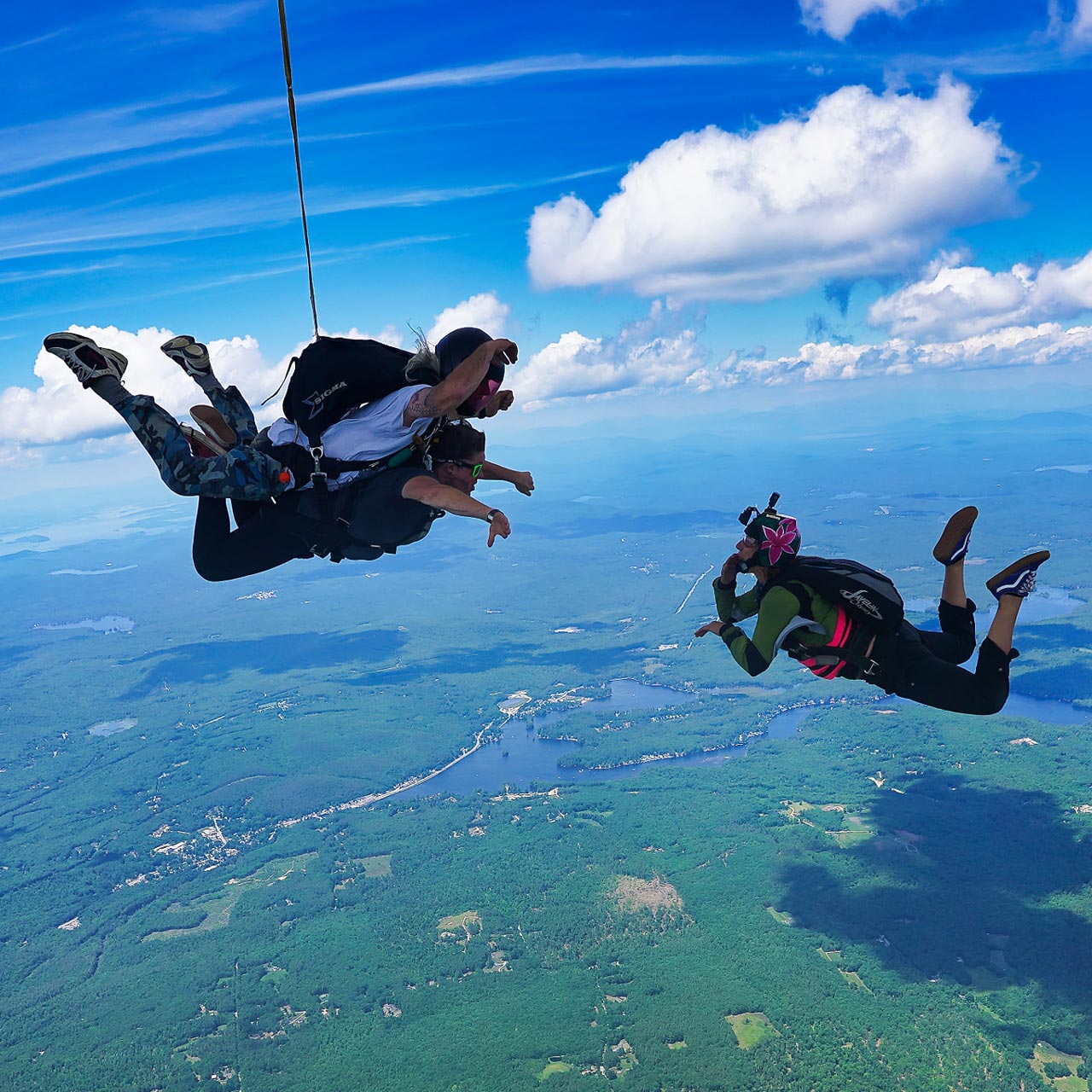
Automatic Activation Device/AAD
This piece of equipment is perhaps the most important safety advancement in the history of the sport of skydiving. The AAD is a small computer that sits inside of the reserve canopy area of the rig and will automatically activate the reserve according to parameters preset by the skydiver wearing it.
If a skydiver is going a certain speed at a certain (low) altitude, the AAD will automatically deploy the reserve as a last-ditch effort to stop the jumper from hitting the ground at 120 mph. This comes in handy if a skydiver has been incapacitated by a collision, is having a medical event, or is just plain distracted (see: retraining with the S&TA above for this one). AADs have saved thousands of lives since they were first introduced.
“I was this close to forgetting to deploy my canopy – glad my AAD was ready to fire, just in case!”
Tandem Catcher
You might notice a group of people running around the landing area and meeting tandems as they touch down. These people are there to help the tandem instructor control the parachute in windier conditions. A solo jumper can easily collapse their own parachute, but the size of a tandem parachute and the complication of having two bodies attached to each other makes dealing with the wind a little more difficult for tandems.
Tandem catchers keep the pair from being dragged across the ground, which isn’t exactly the best ending to the most amazing experience of your life! Tandem catchers handle the parachute for you and your instructor so you can bask in the glory of what you just accomplished.
“The winds are picking up, can we please get tandem catchers in the landing area?”
Boogie
Boogie is a word that has a few different meanings, some good and some not-so-good. But what does boogie mean in skydiving? A boogie is a skydiving event where jumpers from all over convene at a dropzone and skydive, party, and see new and old friends. It’s basically a party or a festival but with skydiving.
There will often be specialty aircraft and well-known skydivers there to organize loads. And after the sun goes down, dinners, campfires, and even entertainment keep the fun going. These events can last anywhere from a day or two to over a week!
Now that you know the lingo, put it to use and jump with us! Blue skies.
Enter to Win a Free Skydive
Join our email list and enter to win a free tandem skydive. Drawings in April and December; winner announced on social media.
You’ll get a $10 coupon toward a tandem just for signing up! Must be 18 and under 240 lbs to jump.
*By submitting this form, you are consenting to receive marketing emails from Skydive New England, 40 Skydive Lane, Lebanon, Maine 04027. You can revoke your consent by using the SafeUnsubscribe link located at the bottom of every email. Emails are serviced by Constant Contact.
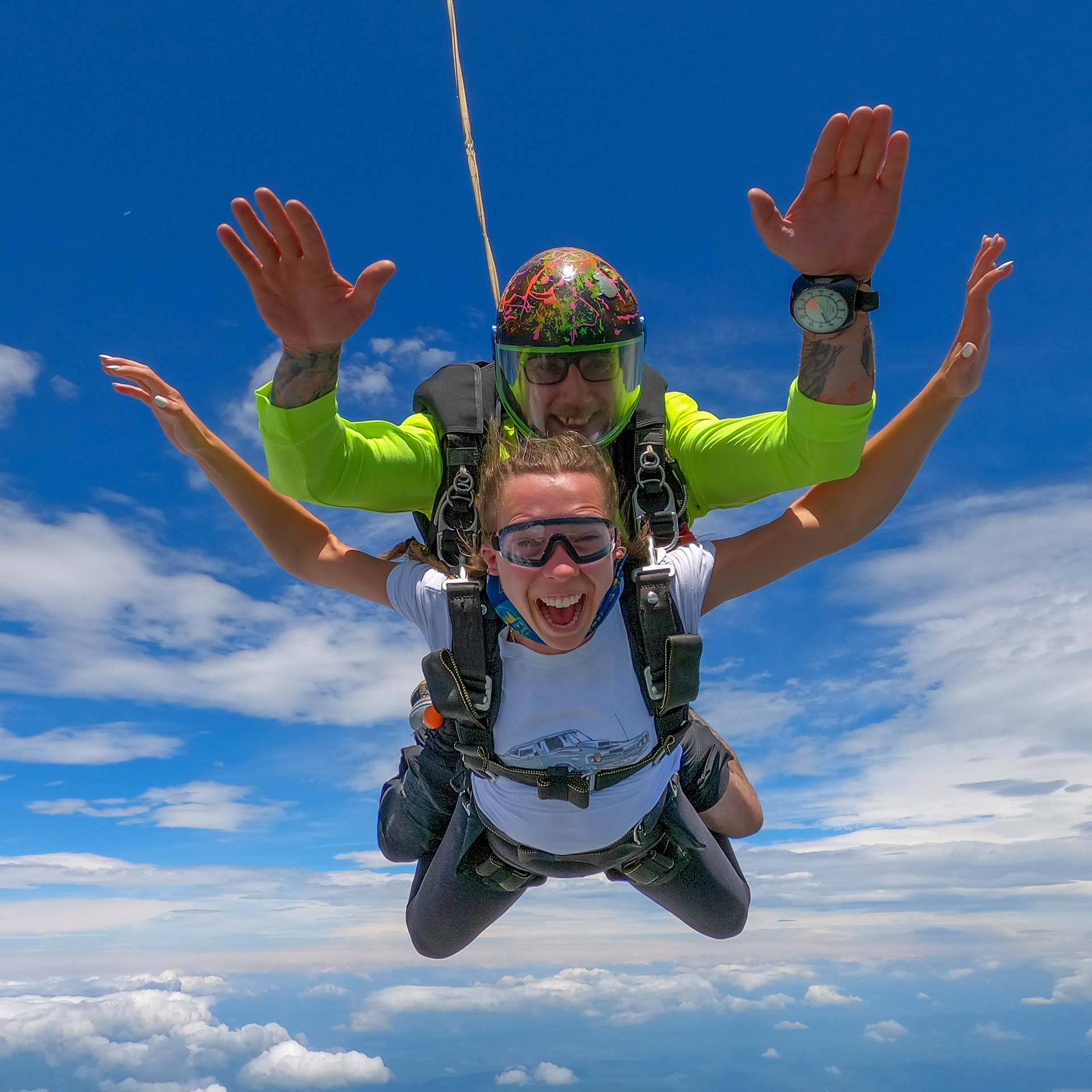
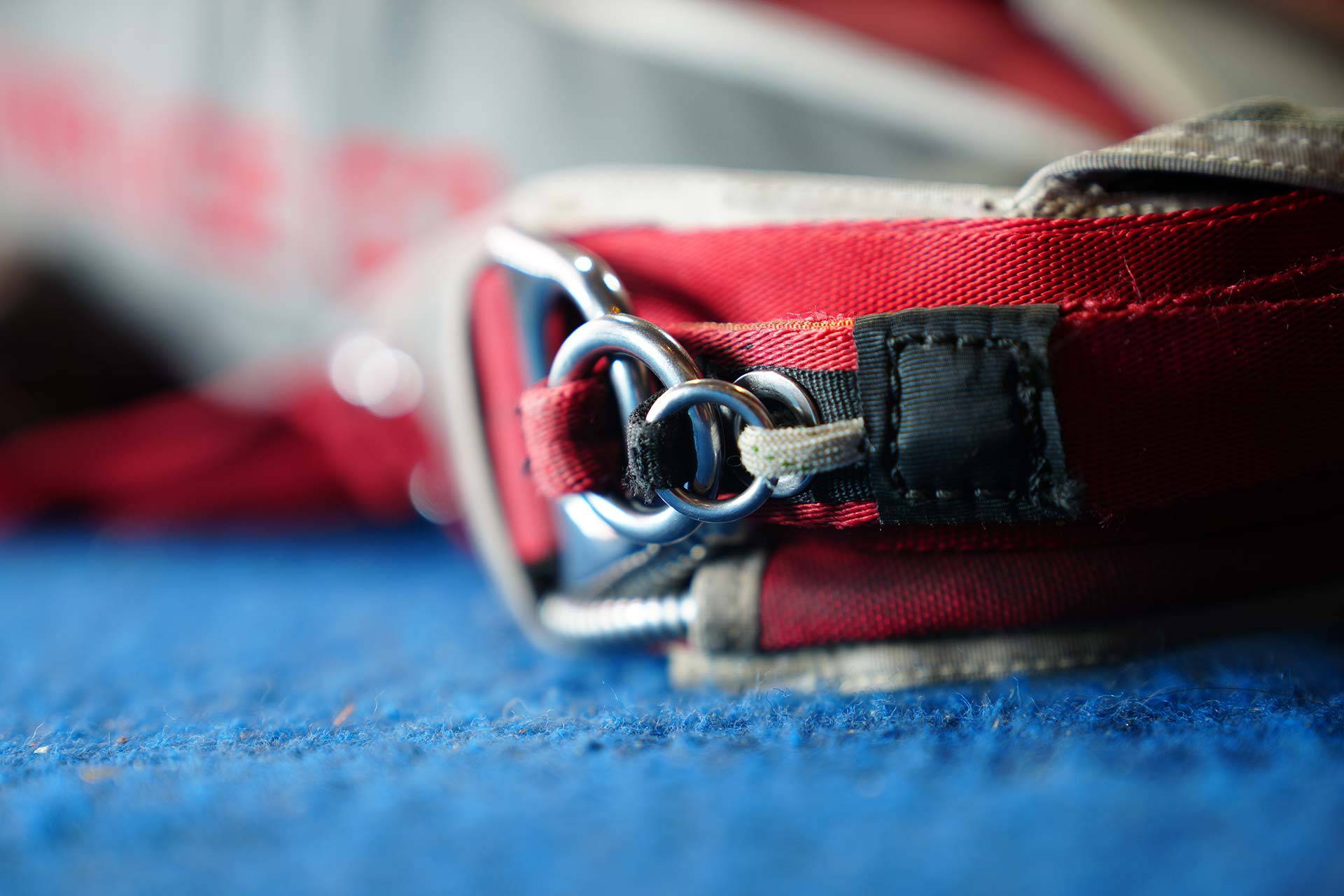
Even More Wicked-Fun Than It Looks!
Come see why the biggest DZ in New England is also the best.
